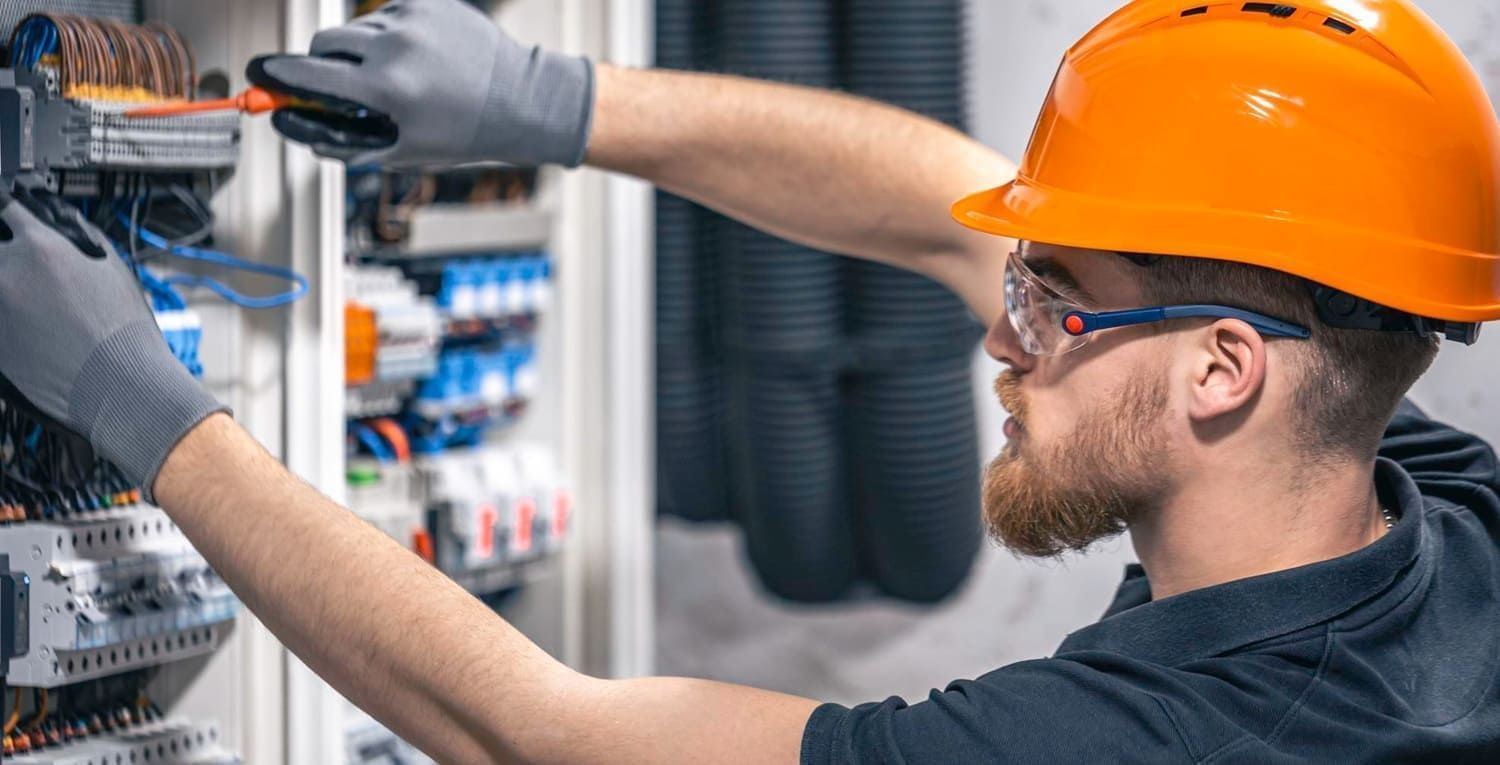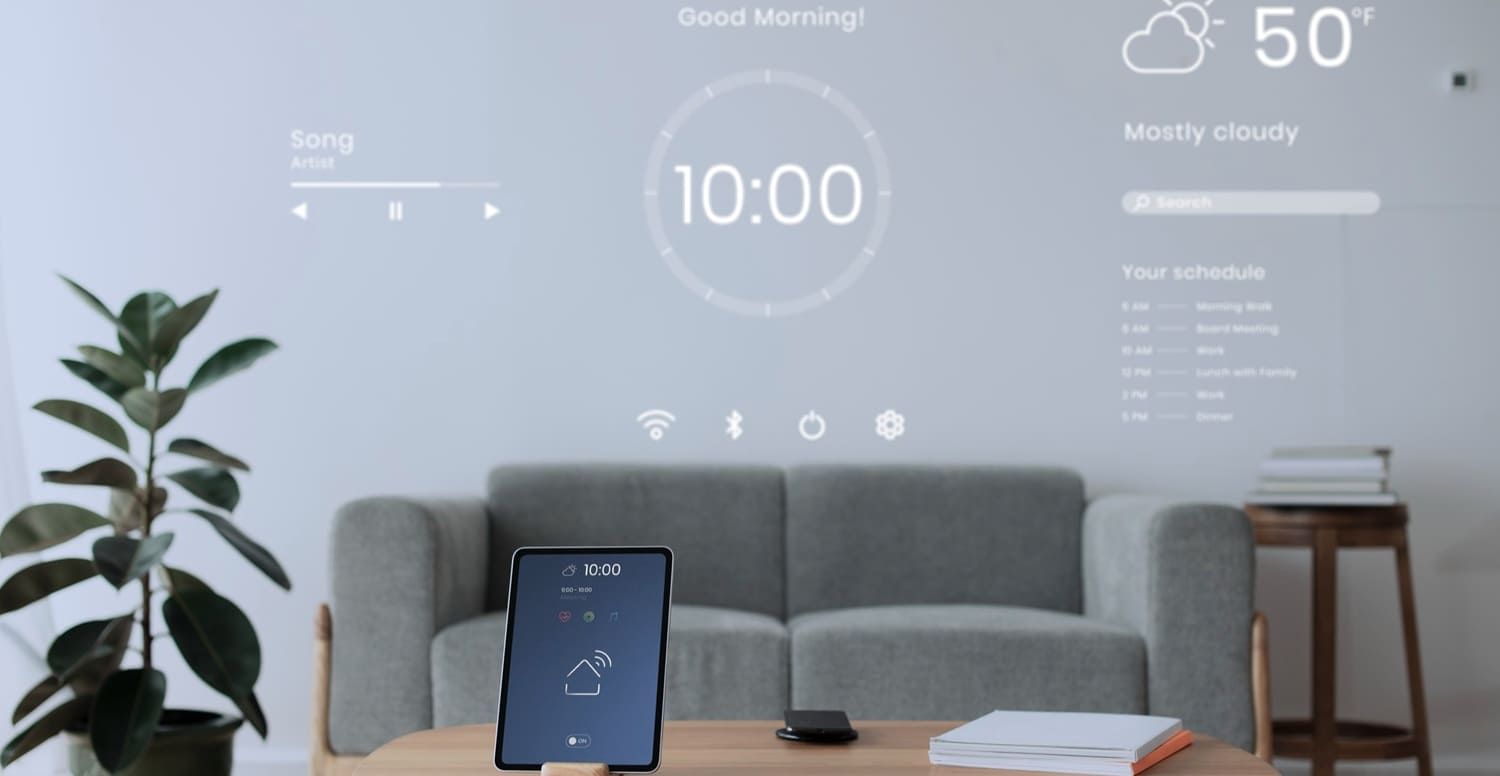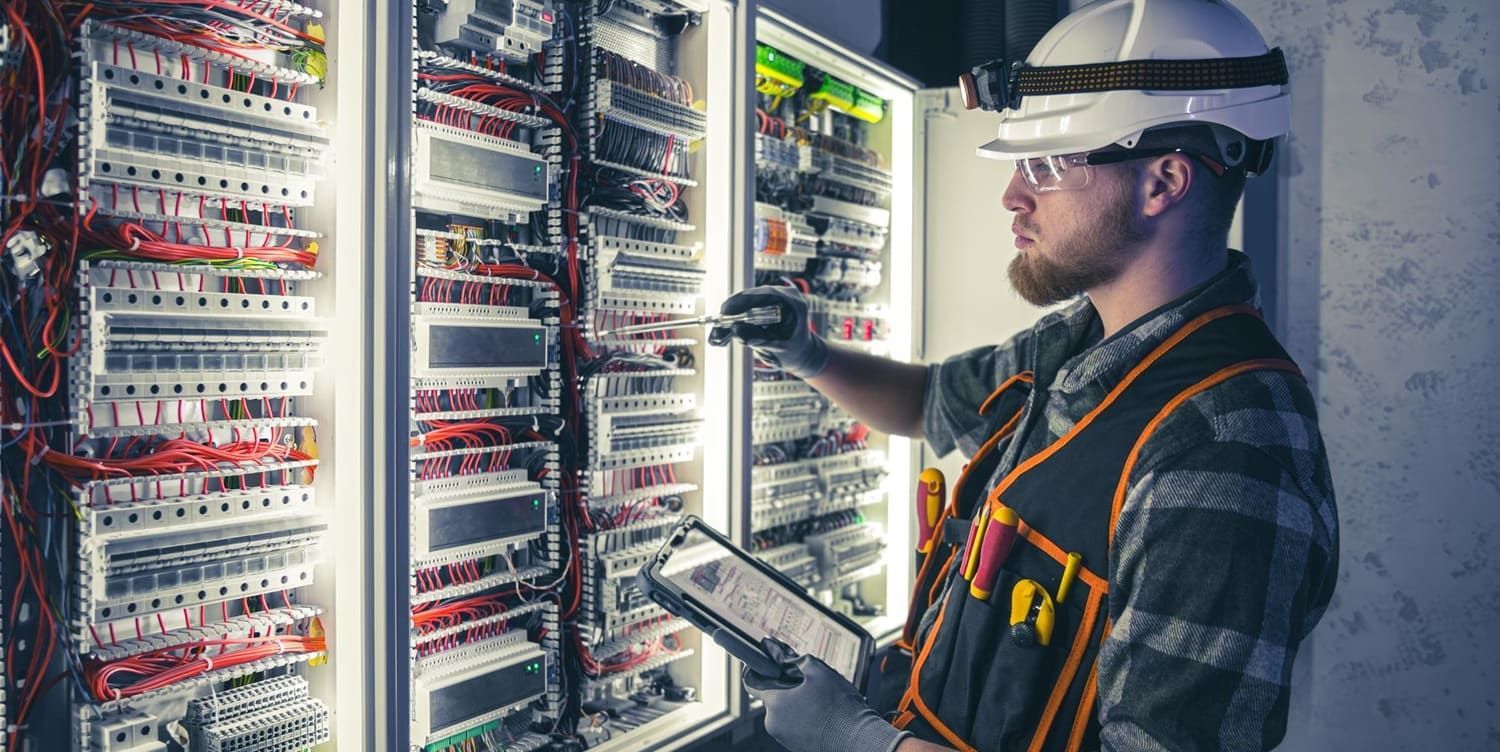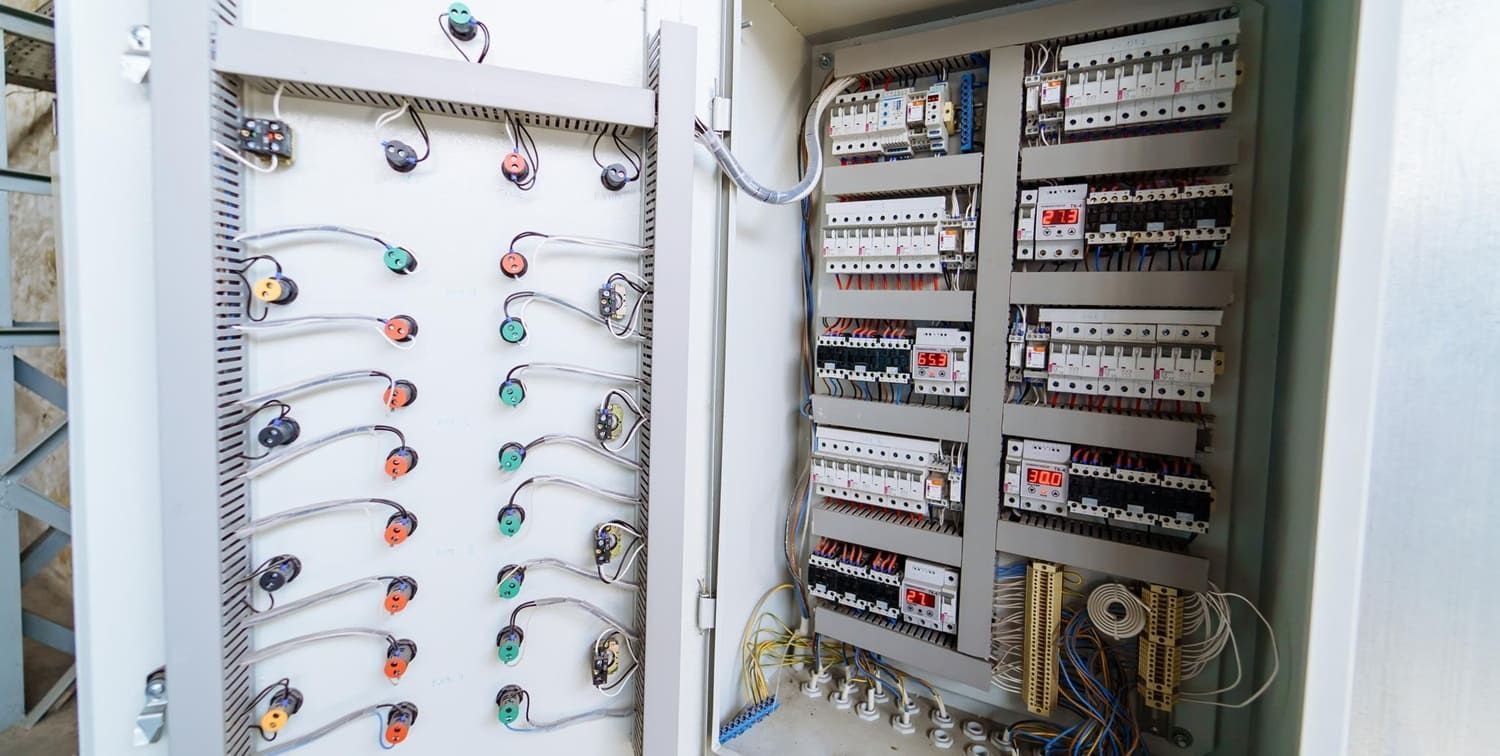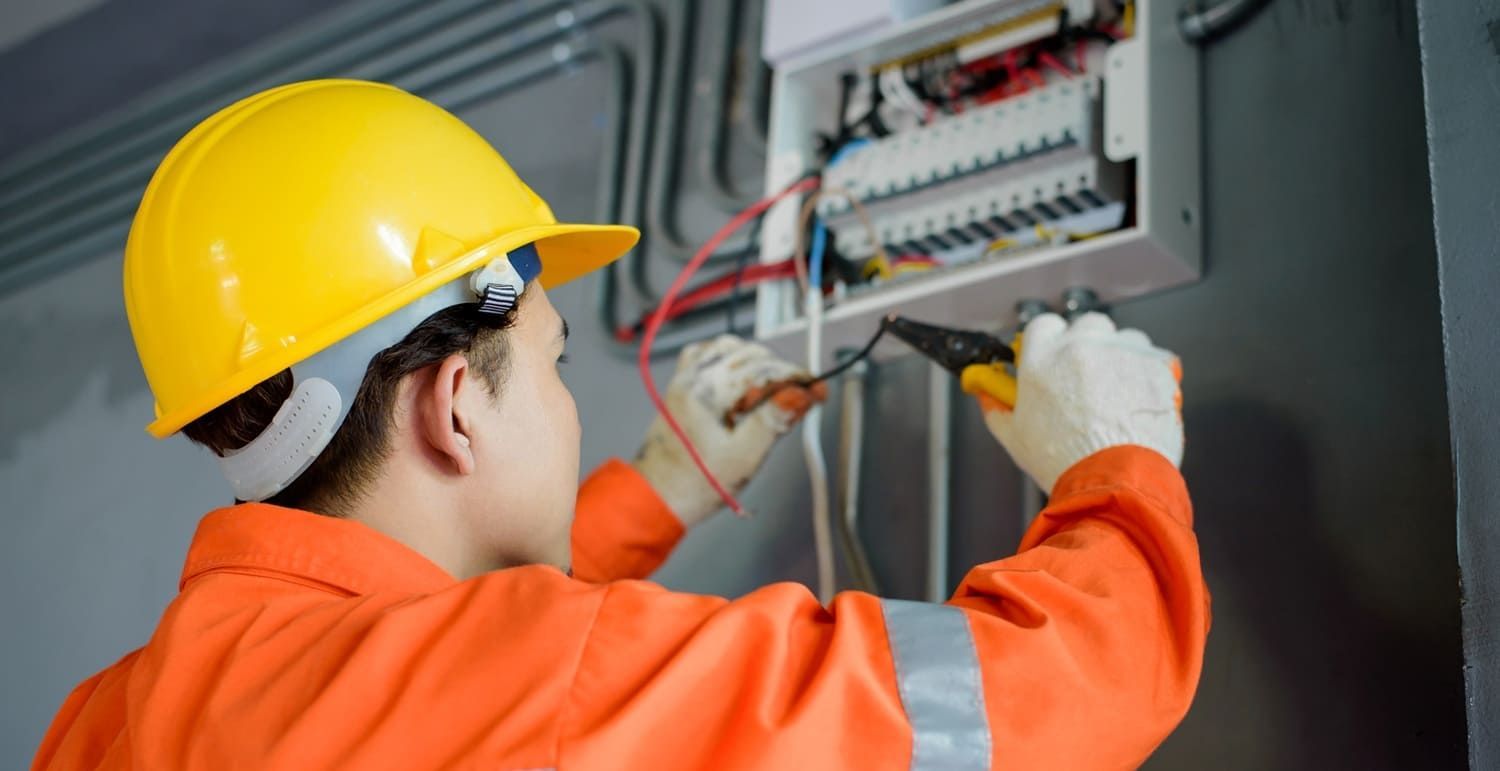Power Surges and Dips: What Causes Them, and What to Do About It
Power surges and dips can be annoying problems as a homeowner. If you've experienced these common electrical issues, here's what you can do about them.

So, What Exactly Are Power Surges?
Put simply, a power surge involves a harsh spike in the electrical current within your home. Although these typically last for a fraction of a second, they can cause severe damage to your electronics.
In some cases, they can even start fires, leading to catastrophic damage to your property (or the loss of your home).
Other scenarios may involve you briefly losing power, which can lead to further complications if it occurs during the early morning, evening, or when you need your home's HVAC system to function.
How Are They Caused?
There's a handful of causes that are behind power surges, making them more difficult to prepare for.
Most frequently, power surges result from lightning strikes that occur near power lines. Since the voltage of a bolt of lightning is so intense, it doesn't necessarily have to come into contact with the line itself.
Other times, turning on equipment that uses a significant amount of energy can cause a power surge. This is especially true if there are issues with the wiring in your home.
Circuit breaker problems, in particular, are occasionally known to be the root cause of household power surges. But, these can be difficult to diagnose aside from a handful of specific circumstances.
If you feel as though your home's wiring may be the culprit, it's essential to get in touch with a professional electrician as soon as possible. Otherwise, you may end up dealing with other issues in the future, such as notable property damage or inconvenience.
What Are The Main Concerns of Power Surges?
As previously mentioned, damage to your electronics can occur if they experience a high enough spike in voltage. Unfortunately, though, those who work from home or use a computer for their personal projects/hobbies may experience data loss during a power surge.
This could occur even while the computer isn't in use, as it may be impossible for you to recover data from a damaged device.
While the severity of the consequences will vary depending on a variety of factors, expensive machines that hold valuable data could lead to a loss of thousands of dollars.
Or, it could result in the erasure of irreplaceable family photos, sentimental content, etc.
How Can I Protect My Home From a Power Surge?
Most people are familiar with a 'surge protector.' As the name suggests, this device aims to mitigate the damage caused by a spike in voltage.
Unfortunately, though, the average surge protector is unlikely to handle intense spikes in voltage that result from a lightning strike. Depending on the severity of the strike, an average-quality surge protector may not make much of a difference at all.
If you're sure that your home's wiring is in order, the main concern you'll face when preventing power surges is thunderstorms. In order to fully protect your home and your property, you'll want to unplug valuable electronics if there is severe lightning in your area.
This is the only way to ensure that no electrical current will travel into the device and damage it.
This doesn't mean, though, that surge protectors don't have a use within your home.
Many also come in the form of a power strip, which can provide a set of extra outlets for those who often find themselves struggling to find one that's open.
A surge protector that's able to accommodate at least 600 Joules should be more than enough to protect your electronics in most cases.
How Do I Know If My Home Has Faulty Wiring?
It's not unusual for circuit breakers to shut off the power to your home after they've been overloaded. In fact, that's exactly what it's supposed to do.
If your circuit breaker shuts off more than a few times each month (or week), though, you'll likely need to investigate the cause.
Having your lights frequently buzz or dim is another telltale sign that your home's wiring may have underlying issues. This is especially true if these signs become more apparent as more electronics are put into use.
A common example is having the lighting in your home temporarily dim while an appliance (such as a microwave) is being used.
Even if you don't have visual symptoms of wiring issues, you may still be able to diagnose the problem through your home's outlets. Typically, an outlet that's connected to faulty wiring may be warm to the touch.
Similarly, you may feel a vibrating sensation. Unless that particular outlet had recently been used to supply a large amount of power, this is often a sign that you need to call an electrician.
Handling Power Surges and Dips Can Seem Difficult
But it doesn't have to be.
With the above information about power surges and dips in mind, you'll be well on your way toward minimizing your risk and handling the situation appropriately.
Want to learn more about how we can help? Feel free to get in touch with Buell Electric Inc today to see what we can do.




